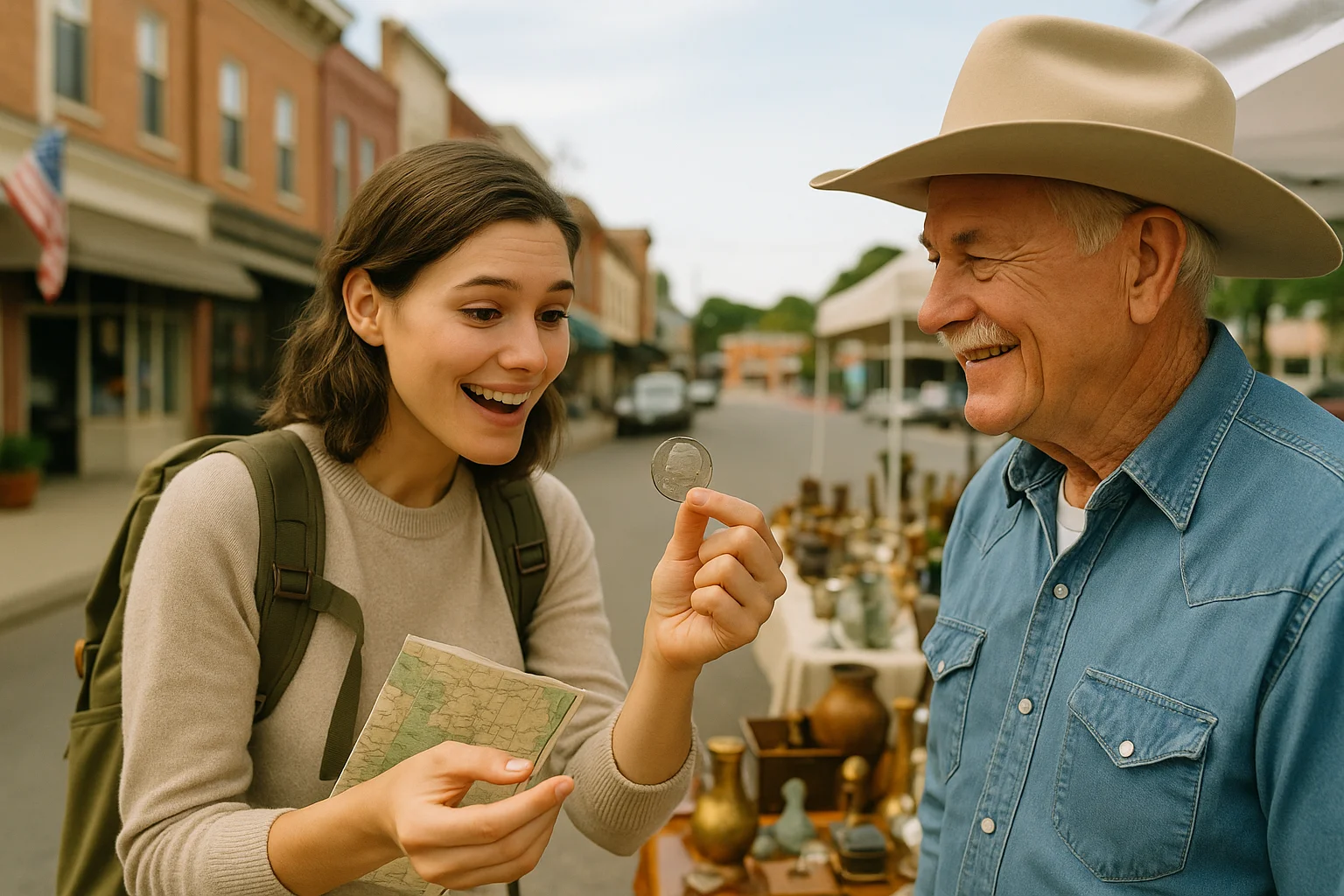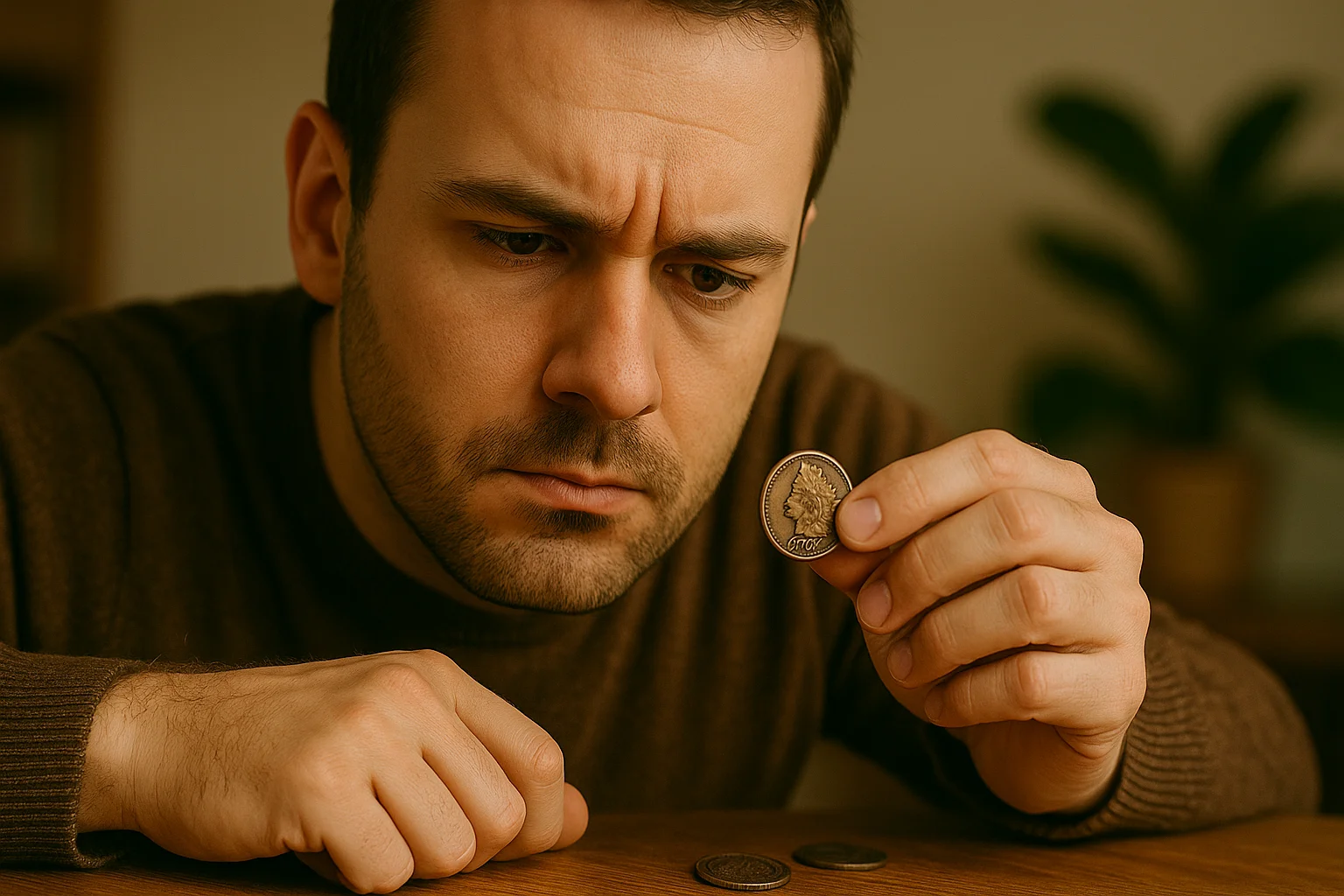The Kennedy Half Dollar wasn’t just another coin to hit circulation — it was born out of national grief and pride. Minted for the first time in 1964, just months after the assassination of President John F. Kennedy, the coin became an instant icon. It featured JFK’s profile on the obverse, replacing Benjamin Franklin, and was struck in 90% silver — a material that would soon be phased out of most U.S. coinage.
Americans saw it as more than currency. They saved the new half dollars as keepsakes, symbols of memory and unity. Many still do. Although Kennedy halves continue to be minted, they are rarely seen in everyday transactions. But if you’re into collecting, you should know: some of these coins aren’t just symbolic — they’re seriously valuable.
If you’ve ever searched for rare Kennedy half dollar value, you’ll know the market can be surprising. Some are worth $50, others $1,000, and a few can bring tens of thousands. But which ones are truly rare? And how do you know if you’ve got one?
The Rarest and Most Valuable Kennedy Half Dollars
Below is a list of standout Kennedy half dollars that are highly prized by collectors. Whether it’s due to precious metals, minting quirks, or limited production, each coin has something special going for it.
| Year | Mint | Feature/Type | Est. Value (High Grade) |
| 1964 | D / P | 90% silver, first year of issue | Up to $50+ in MS-65 |
| 1964 SMS | Unknown | Special Strike, fewer than 20 known | $10,000–$20,000+ |
| 1966 SMS DDO | SMS | Doubled Die Obverse | $1,000+ |
| 1970-D | Denver | Not released for circulation, 40% silver only | $40–$200 |
| 1974-D DDO | Denver | Doubled Die Obverse | $300+ |
| 1979-S Type 2 | San Francisco | Rare “Clear S” mintmark | $50–$100 |
| 1998-S Matte Finish | San Francisco | Matte Proof in RFK commemorative set | $400–$800 |
| 2014-W Gold | West Point | 3/4 oz gold, 50th anniversary release | $1,000+ |
Each of these coins stands out for a different reason. Some, like the 1970-D, were never meant for your pocket — they were included only in mint sets. Others, like the 1964 SMS, are so rare and mysterious that their origins are still debated. Errors like DDOs (Doubled Die Obverses) can multiply a coin’s value dramatically, but they require a sharp eye — or a good app — to detect.
Even modern issues like the 1998-S Matte Finish and 2014-W Gold versions show that Kennedy halves remain collectible well into the 21st century.

What Makes a Kennedy Half Dollar Rare? Spotting the Clues That Matter
Not all Kennedy Half Dollars are the same. While millions were minted over the decades, only a handful stand out — and understanding why can mean the difference between pocket change and a $1,000 find. Below we consider the key traits that make certain Kennedy halves truly rare, and share a few fascinating stories hidden in the series.
1. It’s Not Just the Year — It’s What It’s Made Of
The very first Kennedy half dollars in 1964 were struck in 90% silver, making them instantly more desirable. From 1965 to 1970, the Mint switched to a 40% silver clad composition, before fully transitioning to base metals (copper-nickel) in 1971.
Silver versions always command a premium, especially in high grades, but what really boosts value is low mintage combined with precious metal content — like the 1970-D or the experimental 1964 SMS. The 2014-W, minted in .9999 fine gold, remains the only gold Kennedy half dollar ever made.
Tip: If a coin feels heavier or sounds different when dropped, that might hint at a silver composition. Always check the edge for a solid silver stripe — modern clad coins have a visible copper line.
2. Mint Errors: The Coin Collector’s Goldmine
Minting mistakes can be gold for collectors. The Kennedy series is full of them — if you know where to look.
- Doubled Die Obverse (DDO): Like the 1974-D and 1966 SMS DDO, where you’ll see doubling in the date or lettering.
- No FG: This one’s subtle. On some 1982-P and 1983-P coins, the designer’s initials “FG” (for Frank Gasparro) near the eagle’s tail are completely missing. That’s not wear—it’s a striking error.
- Off-center strikes, clipped planchets, and other misalignments can also add value.
3. Proofs, Special Strikes & Mint-Only Releases
Some of the rarest Kennedy halves were never meant for circulation. These include:
- SMS coins (Special Mint Sets): Made in the mid-1960s with a satin-like finish.
- Proof coins: Sharply struck with mirrored fields, often made in San Francisco.
- Mint set exclusives: Like the 1970-D, only available in the U.S. Mint sets.
If your Kennedy half has an unusual finish or came from a set, it is worth a second look.
4. Condition Is (Almost) Everything
Even a rare variety drops significantly in value if it’s too worn. Collectors prefer coins graded MS65 or higher (mint state) or PR69+ for proofs. Clean surfaces, sharp details, and strong luster matter. Use a magnifying glass or digital loupe to inspect marks, wear, or signs of polishing.

Little Secrets & Big Surprises: Fun Facts from the Kennedy Series
You don’t have to be a numismatist to enjoy the quirks of the Kennedy half dollar. Here are a few fun facts even many collectors miss:
- The 1964 SMS Mystery
This Special Strike wasn’t listed in any official mint documents and may have been a test or VIP production. Fewer than 20 are known to exist, and no one knows exactly why they were made.
- No Kennedy Half in 1975
You read that right. There’s no such thing as a 1975 Kennedy half dollar. In preparation for the U.S. Bicentennial, the Mint produced special dual-dated coins (1776–1976) for two full years.
- Two Types of Bicentennial Reverse (1976)
Type I has chunky lettering; Type II is cleaner and more refined. Type II is considered more desirable in high grade, especially in proof or silver versions.
- The Only Gold Kennedy Half
To celebrate 50 years of the coin, the 2014-W was minted in ¾ oz of pure gold. It was never circulated and remains a unique piece in the series.
Some of these features are obvious. Others are so subtle you’d miss them without knowing what to look for. But one thing’s clear: the Kennedy Half Dollar has more secrets than most people think — and those secrets can be surprisingly valuable.
Smart Collecting: How to Find and Handle Rare Kennedy Half Dollars without Losing Your Mind and Money
You don’t have to be a pro to start collecting valuable Kennedy halves — but a few smart moves can make the journey easier, cheaper, and a lot more fun.
Where to Look
Surprisingly, rare Kennedy half dollars still turn up in the wild. Check:
- Loose change and rolls from banks (yes, rolls of half dollars still exist!)
- U.S. Mint sets and proof sets, especially from the 60s and 70s
- Estate sales, flea markets, or coin shop “junk bins” — gold hidden in plain sight
- Certified dealers and coin shows, for reliable quality and education
Where to Buy and Sell
Online platforms like Heritage Auctions, eBay, or specialty sites like Stephensons Auction are great places to buy — or cash in — as long as you research the seller. Look for high-resolution photos, a detailed description, and feedback history.
Tip: When buying high-value coins, choose graded and slabbed examples from trusted companies like PCGS or NGC.
Should I Get It Certified?
If your Kennedy half looks promising — rare date, silver/gold content, mint error, or great condition — certification is a wise move. Grading protects the coin’s condition and boosts resale value.
But before paying for a grading service, try the free route first:
- Use the Coin ID Scanner app to snap a quick photo. Due to the app you can easily identify the coin, know its market value range, and even detect key features like mint marks, composition or historical background. Still get questions about what you scanned? Ask the built-in AI numismatist assistant — your pocket expert is just a tap away.
- Watch for fakes. Counterfeits exist, especially for high-value coins like the 1964 SMS or the 2014-W gold. Be wary of deals that seem too good to be true. Compare the weight, finish, and edge details. Again — scanner apps and certified dealers are your best friends here.
Is the Kennedy Half Dollar Worth Collecting?
Absolutely. You can love history, the hunt, or the potential payoff, Kennedy half dollars offer something for everyone. The series (from silver classics to proof-only jewels and golden commemoratives) is full of stories waiting to be learned.
And the best part? You don’t need to spend a fortune to get started — just curiosity, a good eye, and maybe a scanner app in your pocket. So keep your eyes open. That shiny half dollar in your drawer might just be a miniature time capsule — or a hidden gem worth far more than 50 cents.




